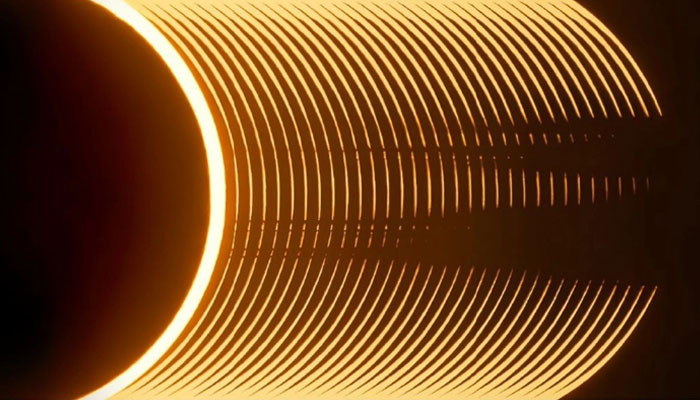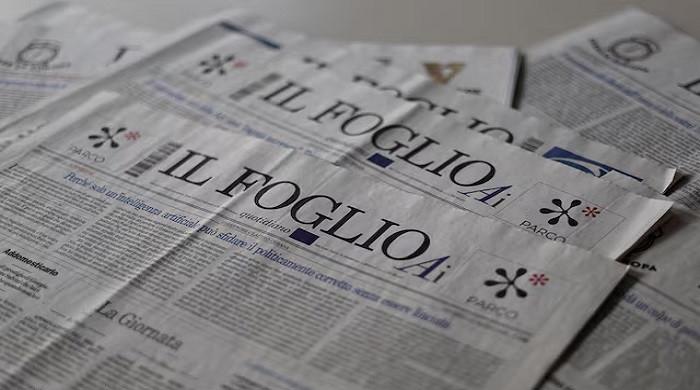Image captured by 'Astronomy Photographer of 2024' winner to go on display
Exhibition featuring winning image and other winners from different categories to open at London's National Museum
September 14, 2024

The highly anticipated "Astronomy Photographer of The Year 2024" exhibition is set to open at the National Museum in London on Saturday.
This high-profile exhibition will feature the winning images from the competition, including a display of the 2023 total solar eclipse which was crowned the winner of the competition earlier this week, Forbes reported.
This year marks the 16th installment of the esteemed competition, which is organised annually by the Royal Observatory Greenwich.
An expert panel of judges from art and astronomy reviewed the submissions for the prestigious competition that attracts astrophotographers around the world.
Since revealing the shortlist in July, the judges narrowed down 31 images to an overall winning image, a winning image in each of nine categories, and two special prizes.
Amateur photographer Ryan Imperio clinched the top honour with his captivating photograph titled, "Distorted Shadows of the Moon’s Surface Created by an Annular Eclipse", beating thousands of amateur and professional photographers to win the $12,600 prize.
Taking to his Instagram, Imperio wrote: "WOW...ABSOLUTELY INCREDIBLE!!! I am beyond thrilled and honored to announce that my photo not only received first place in its category but has also been crowned OVERALL WINNER in the 2024 Astronomy Photographer of the Year competition!!!"
"It is such a great pleasure to have my photo along side some of the most breathtaking and astounding images captured by such amazing talent. A very big CONGRATULATIONS to all of the winners!!!" he added.
The winning image depicts the progression of Baily's beads during the 2023 annular eclipse.
This image will take pride of place in the exhibition alongside the other winning images, plus a selection of exceptional shortlisted images.
They are set to be compiled in a book published on September 26.
Baily’s beads are tiny points of light that appear seconds before and after the moon completely covers the sun. The final one is known as the "diamond ring." The phenomena was named after an English astronomer.
"This is an impressive dissection of the fleeting few seconds during the visibility of Baily's beads," said Kerry-Ann Lecky Hepburn, judge and meteorologist. "This image left me captivated and amazed. It's exceptional work deserving of high recognition."
The 3,500 entries submitted from amateur and professional photographers in 58 countries include images of the aurora borealis, the Milky Way, shooting stars and colourful supernova remnants.











